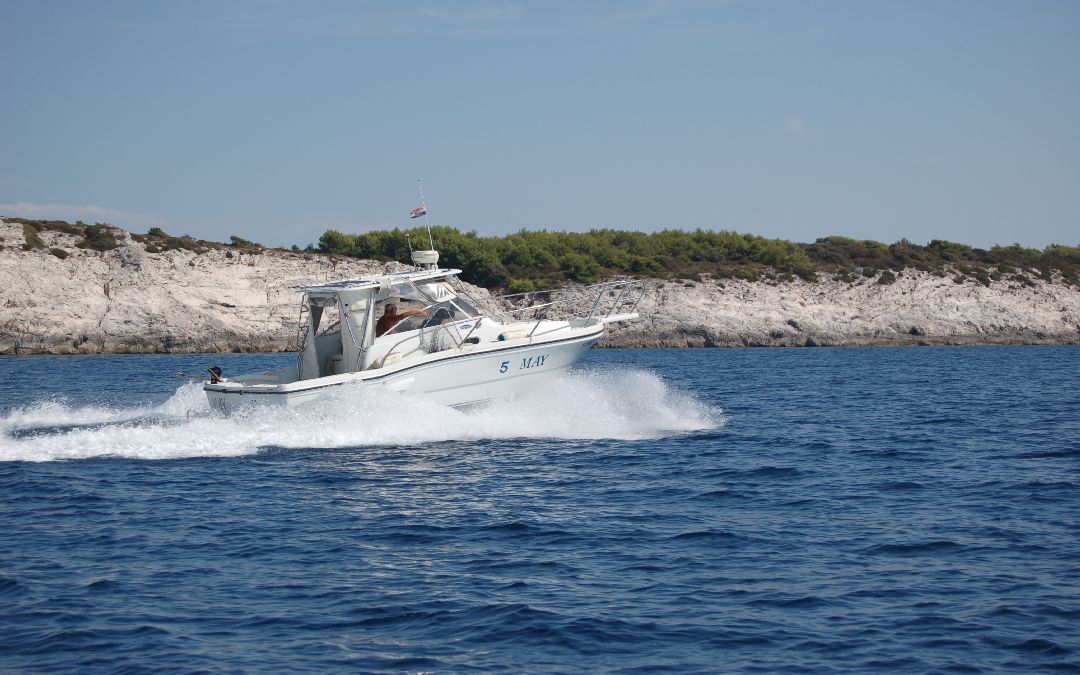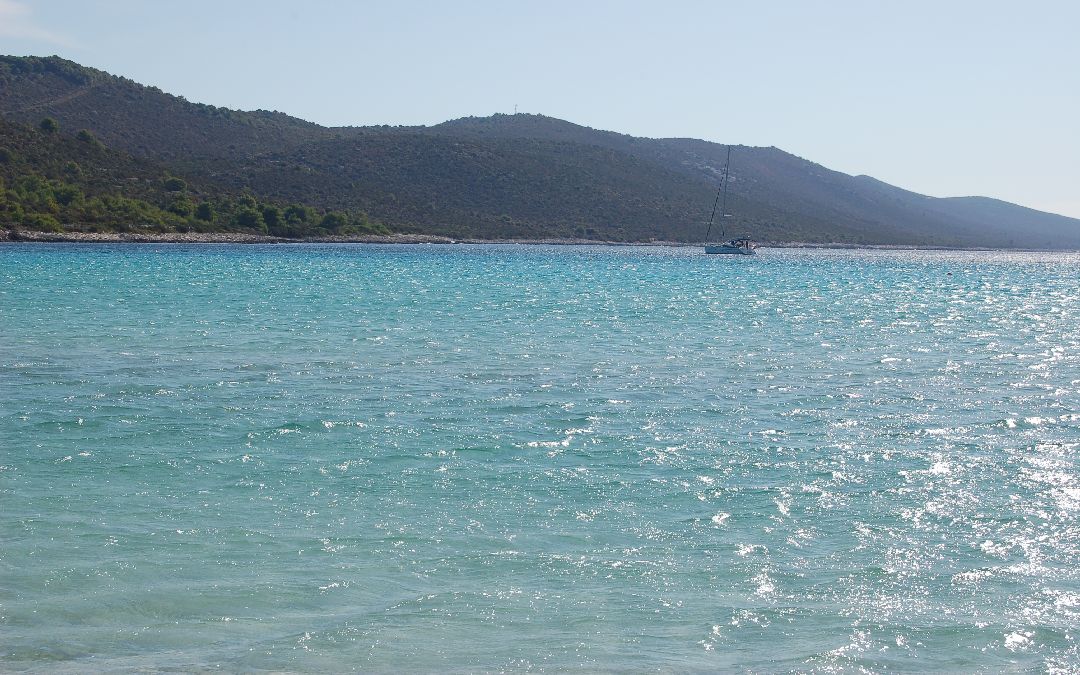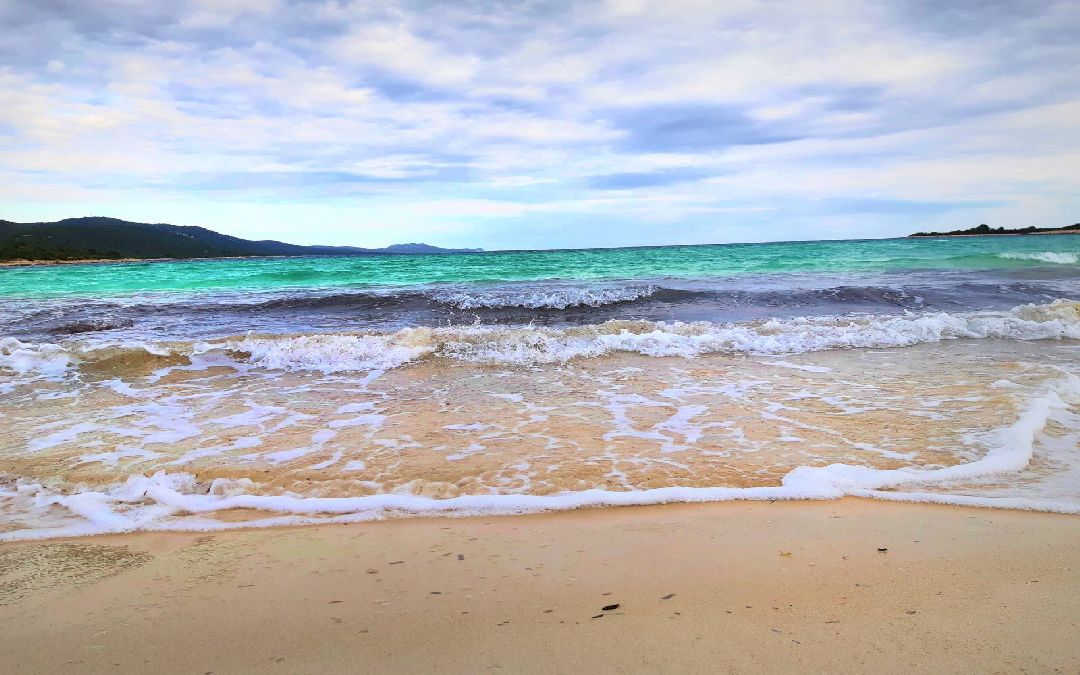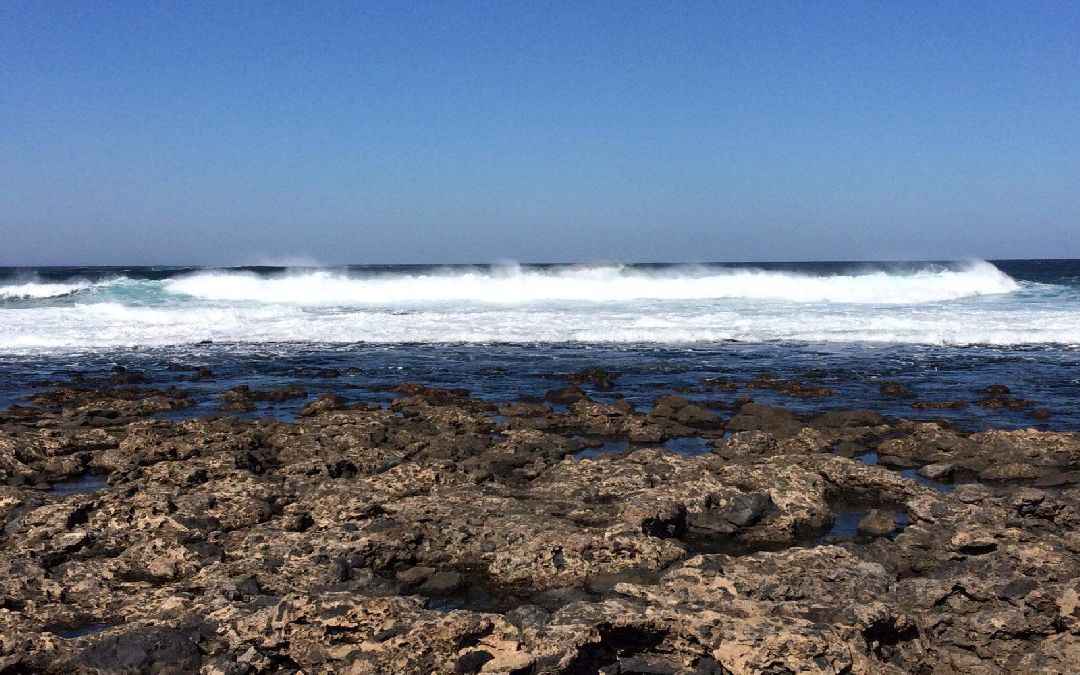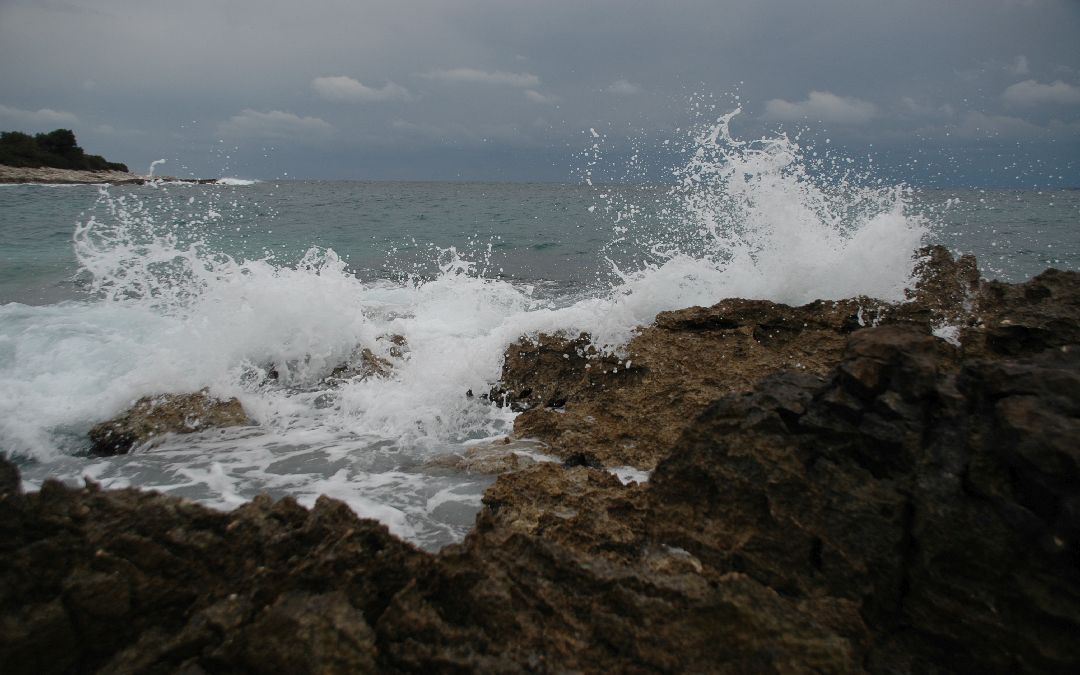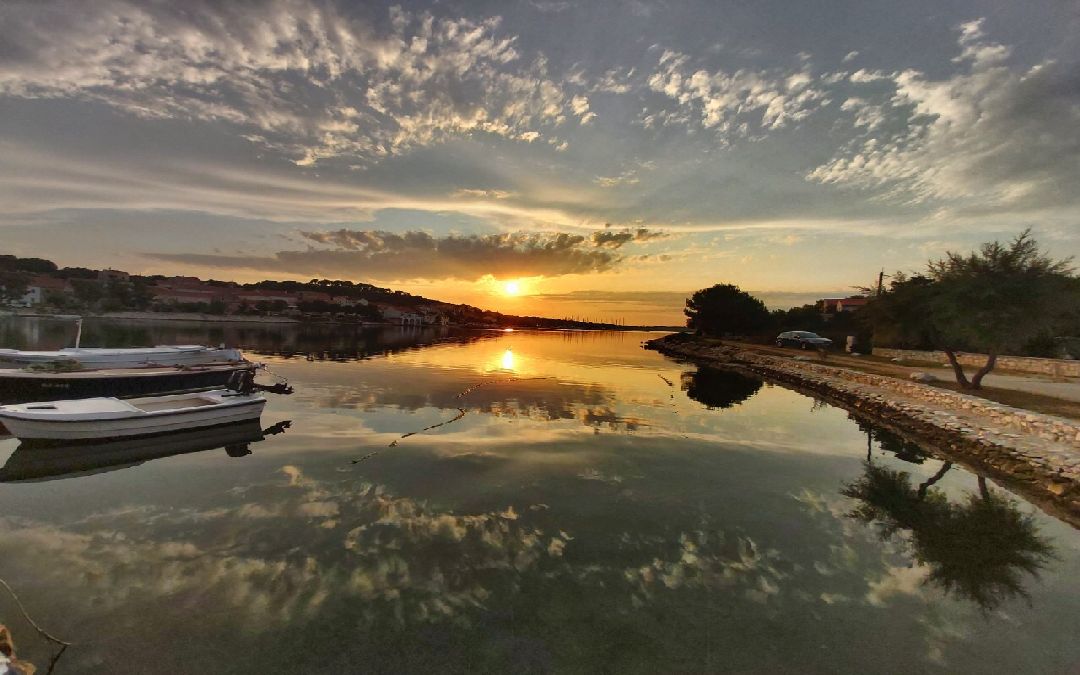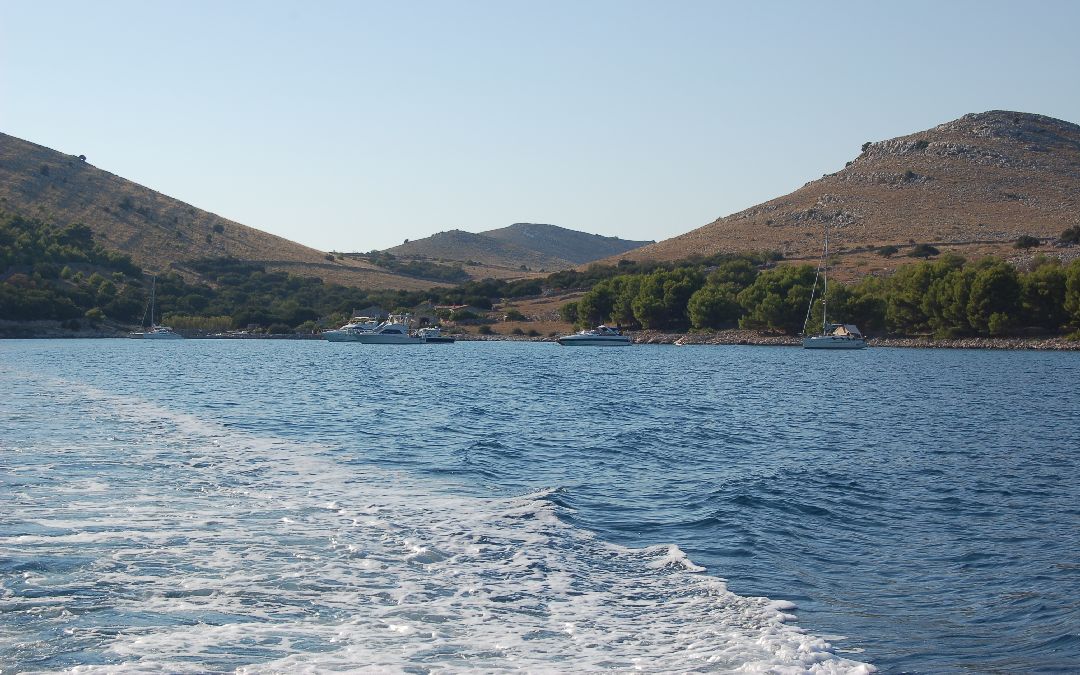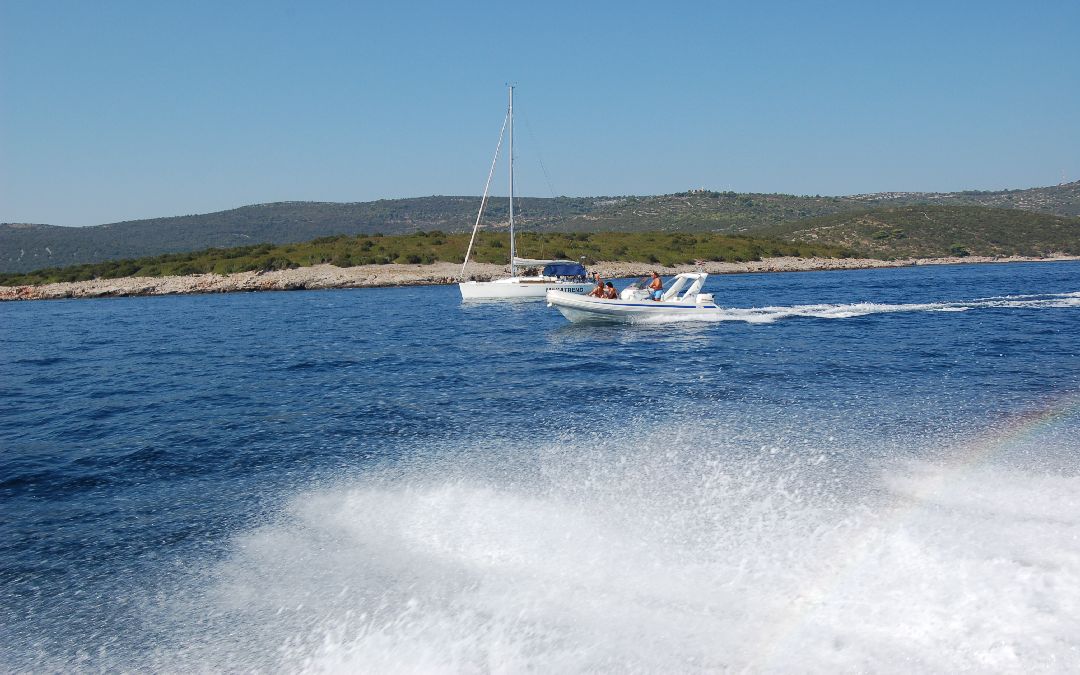Information for sailing in Croatia
When the wind is blowing and the sleet or rain is driving against the dark windows, I love to sit by the fire, thinking of what I have read in books of voyage and travel.
Charles Dickens
1 Winds of Croatia
From a morphological point of view Croatia can be divided into three zones for different climatic characteristics: the coastal part, the mountain ranges in the centre and the plain to the north.
The part on the Adriatic coast and the islands of Dalmatia are characterized by a Mediterranean climate, with dry summers and mild temperatures in winter.During the summer months the Mistral blows over the Adriatic Sea, while in winter there are Bora, Scirocco and Tramontana.
The islands like Dugi otok, thanks to the geographical conformation allow always to shelter from any wind.
For yachtsmen it is very important to listen to the weather forecast as the wind direction changes very quickly, so it is wise to be always up to date.
The Mistral
In Croatia the wind is called Maestral and blows from northwest. The Mistral is a very pleasant wind: in summer it starts blowing every day around twelve o’clock and falls in the evening. Its constant breeze mitigates the summer heat and is loved by sailors and tourists. This wind brings beautiful and stable weather.
Bura
This wind generally blows in autumn, winter and partially in spring. It is a dry and cold wind that comes from northeast. Its characteristic is that it blows in strong gusts. It is a fall wind, which descends from the top of the Velebit mountain range; the air remains cold even when it reaches sea level.
The name comes from Borea, a northern wind for the Greeks.
Jugo
In Croatian jug means south. The Jugo is a wind that comes from the southeast and is hot and humid. It blows with a lot of power and it comes with the drop in atmospheric pressure, therefore with clouds and sometimes rain. At first its intensity is light, then it increases in strength and continues for a few days.
Tramontana
This wind coming from the north brings cold dry air and clear skies.
The wind rises with high atmospheric pressure and blows for short periods of time. For sailors it is a wind to watch out for.
Nevera
The Nevera is not a wind, but is the equivalent to a storm.
It usually comes from Italy and crosses the Adriatic Sea at high speed blowing from the south-west. The Nevera appears suddenly, often in the early evening or at night and brings very rough sea. It usually never lasts long, but it is extremely powerful. It is accompanied by flashing black clouds.
- What’s the weather like in Croatia?
Precise weather forecasts in Croatia can be found on the following DHMZ website
www.meteo.hr
by clicking on 3 dana meteograms and entering the place in Croatia where you are located. You will get weather forecasts for three consecutive days.
The site consulted by sailors regarding the wind forecast is
www.windfinder.com
in which you must of course enter the location for which you are interested.
For a quick and easy search for the weather, the website www.google.com is always useful.
For yachtsmen it is good to follow the daily updates of local radio stations: Radio Rijeka, Zadar, Split or Dubrovnik, in order to plan the day and identify the nearest protected bays or marinas.
North of Dugi otok we recommend the Marina Veli rat or the pier in front of the Gorgonia Apartments (LINK HOME), where we are always ready to give information and technical help from a mechanic.
3. The Harbour Master office
When arriving to Croatia by sea, you are obliged to go to the nearest harbourmaster’s office to announce yourself. If the boat arrives to Croatia on a trailer you must announce your arrival at the place where you will put the boat into the sea.
In Croatia the list of places where these offices are located is as follows: Umag, Porec, Rovinj, Pula, Rasa Brsica, Rijeka, Mali Losinj, Senj, Zadar, Sibenik, Split, Ploce, Metkovic, Korcula and Dubrovnik. During the high season, usually from April to October, they are also open in the following places: Novigrad, Bozava and Sali on the island Dugi otok, Ubi, on the island Lastovo, Tisno, Komiza on the island Vis and Hvar.
4. The nautical licence
Every motor boat in Croatia requires a license.
If you don’t have a license, it is usually issued once a week by the captain’s office after doing an exam. This license will be valid only in Croatia. Not all harbor offices offer this service; it would be better to contact them before leaving for Croatia, regarding the timetables and any recommended material for the preparation of the exam.

